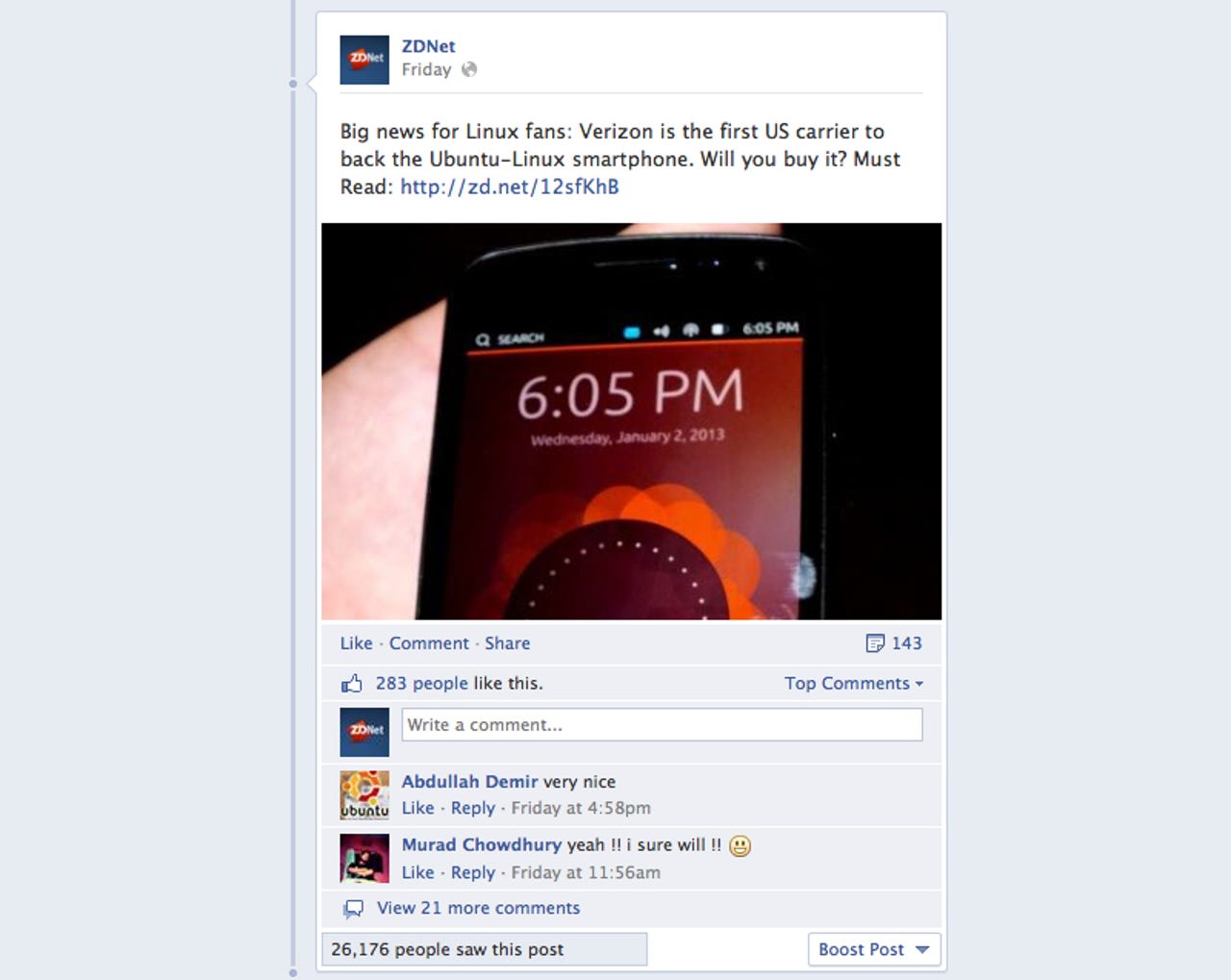Social media: Users underestimate reach by 4X


There's only one word that social enterprises care about: engagement. It's the be-all end-all of digital marketing (or customer support, or whatever business group manages your company's social activities).
We all know social outreach efforts are notoriously difficult to connect to dollars spent. Our best proxy? Engagement, whether a "follow" or a "like" or a "favorite."
I've got good and bad news for you.
The good? People are actually reading what you publish on social networks.
The bad? They're reading it, and moving on. Engagement? Here's another e-word for you: elusive.
That's according to research by Stanford University and Facebook's data science team, which discovered that social media users underestimate how many friends they reach by a factor of four.
The researchers looked at updates by 222,000 Facebook users over the course of one month and found that individuals reach, on average, 61 percent of their connections each month, regardless of how many friends they have.
For each individual post? About 35 percent reach.
"Posting to a social network is like speaking to an audience from behind a curtain," the researchers write, explaining the basis for conducting their research. "The audience remains invisible to the user."
The rub is whether seeing that content is good enough. Does someone need to "like" or share someone else's update for it to be successful? The researchers aren't sure. What they do know is that individuals see it as failure, and don't want to admit it: "Audience members might not want to admit they saw each piece of content, and sharers might be disappointed to know that many people saw the post but nobody commented or 'Liked' it," they wrote.
BuzzFeed's Charlie Warzel is a bet more pessimistic, suggesting that this is the exact reason that individual users don't get this data, even though it is being collected:
It's in the interest of services like Facebook, Instagram, and Twitter to protect you from the very real possibility that your 'friends' are out there and they can see what you're doing, but they just don’t care. Or, alternatively, that you’re less interesting than you think you are.
"Page" and "group" administrators do have this information, because Facebook allows them to advertise against their audiences for a price. Still, "success" as a metric is relative.
(Interestingly, Facebook responded to Warzel, insisting that individuals actually don't care about sheer audience.)
Still, the Stanford-Facebook research team concludes that "user's perceptions of their audience size in social media do not match reality," but what may be more valuable to your company's marketing team is quantifying that reach and then figuring out how that impacts your overall strategy. Is it really engagement that you want, or merely awareness? If the latter, you're likely in better shape than you thought.